Home>Gardening & Outdoor>Landscaping Ideas>What To Do With Grass Clippings
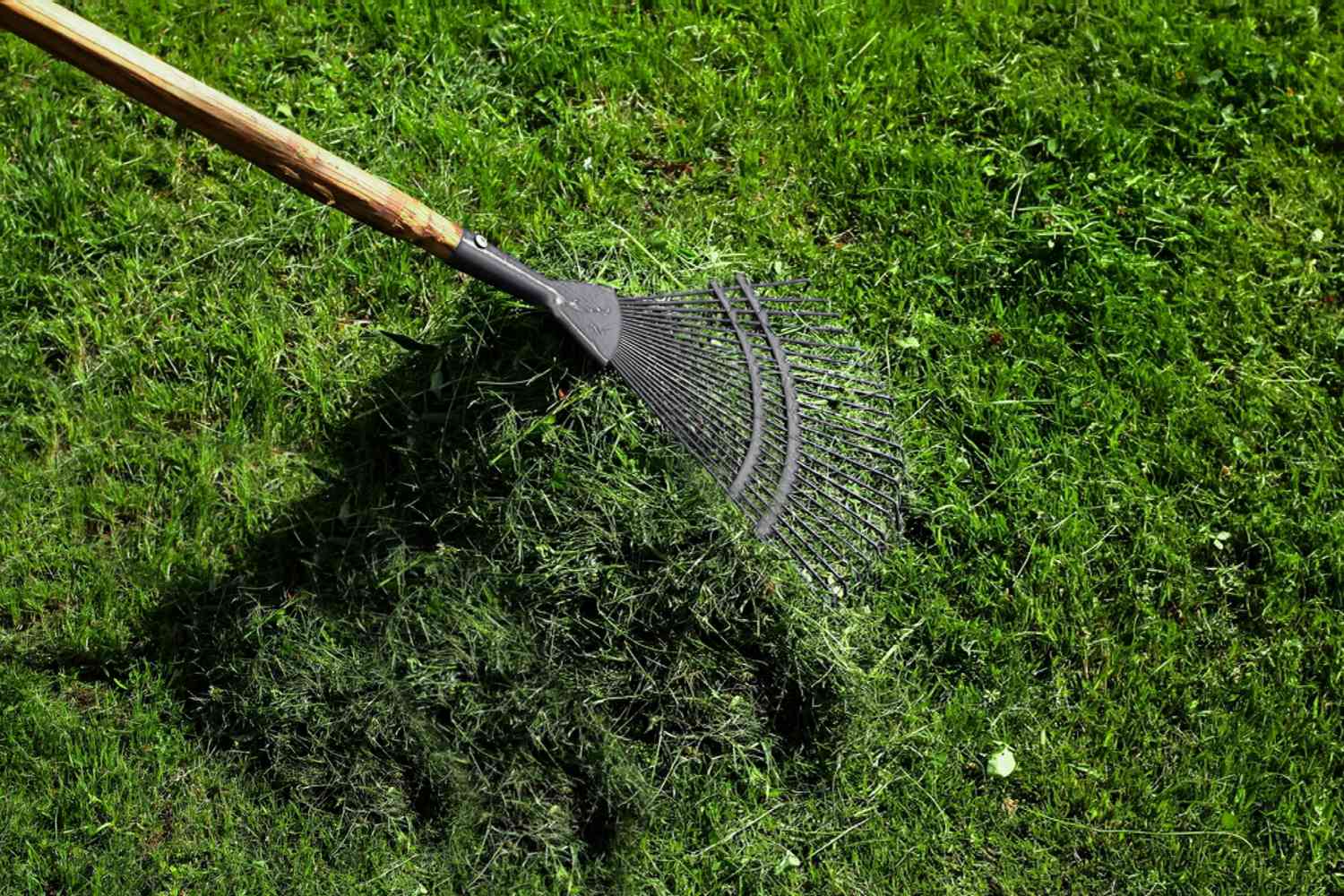

Landscaping Ideas
What To Do With Grass Clippings
Modified: March 26, 2024
Discover creative landscaping ideas for utilizing grass clippings to enhance the health and appearance of your lawn. Learn sustainable practices for a greener, more vibrant landscape.
(Many of the links in this article redirect to a specific reviewed product. Your purchase of these products through affiliate links helps to generate commission for Storables.com, at no extra cost. Learn more)
Introduction
When it comes to maintaining a lush and vibrant lawn, dealing with the aftermath of mowing is inevitable. Grass clippings, the byproduct of this regular lawn care task, often leave homeowners wondering about the best way to handle them. Should they be left on the lawn, bagged and disposed of, or repurposed in some way? This article will delve into the various options for managing grass clippings, providing insights into the benefits of leaving them on the lawn, as well as creative and sustainable ways to utilize them. Whether you're a seasoned lawn care enthusiast or a novice homeowner looking to make the most of your mowing efforts, understanding the potential uses of grass clippings can not only simplify your lawn care routine but also contribute to a healthier and more eco-friendly outdoor space. So, let's explore the possibilities and discover the hidden potential of this often-overlooked lawn care byproduct.
Key Takeaways:
- Grass clippings can be left on the lawn to naturally fertilize the soil, reduce the need for synthetic fertilizers, save time, and minimize environmental impact by promoting a healthier and more resilient lawn.
- Grass clippings can be responsibly disposed of through curbside collection, home composting, or delivery to green waste facilities, contributing to environmental sustainability and supporting the production of valuable compost and mulch for landscaping and agricultural use.
Read more: What To Do With Grass Clippings
Benefits of Leaving Grass Clippings on the Lawn
Leaving grass clippings on the lawn can offer a range of benefits that contribute to the overall health and appearance of your yard. Contrary to popular belief, grass clippings can serve as a valuable natural fertilizer, providing essential nutrients to the soil and promoting robust grass growth. This process, known as grasscycling, involves allowing the clippings to decompose and return their nutrients to the soil, creating a self-sustaining cycle of nourishment for your lawn.
One of the primary advantages of this practice is the enrichment of the soil with vital nutrients such as nitrogen, potassium, and phosphorus, which are naturally present in the grass clippings. As the clippings break down, these nutrients are gradually released back into the soil, effectively reducing the need for synthetic fertilizers while enhancing the overall health and resilience of the grass. Additionally, the decomposition of grass clippings can improve soil structure and moisture retention, contributing to a healthier and more drought-resistant lawn.
Besides the environmental and nutritional benefits, leaving grass clippings on the lawn can also save you time and effort. By eliminating the need to bag and dispose of the clippings, you can streamline your mowing routine and reduce the generation of organic waste. This not only simplifies the mowing process but also minimizes the environmental impact associated with the disposal of green waste in landfills.
Furthermore, the presence of grass clippings on the lawn can act as a natural barrier, helping to suppress weed growth and reduce the evaporation of moisture from the soil. This can contribute to a more uniform and aesthetically pleasing lawn, while simultaneously minimizing the need for chemical weed control methods and excessive watering.
Overall, leaving grass clippings on the lawn presents a sustainable and cost-effective approach to lawn care, offering a multitude of benefits for both your yard and the environment. By harnessing the inherent nutrients of grass clippings and allowing them to nourish the soil, you can cultivate a greener, healthier, and more resilient lawn with minimal effort and environmental impact.
Disposing of Grass Clippings
While leaving grass clippings on the lawn can be beneficial, there are instances where disposing of them may be necessary. Whether you prefer a tidy appearance, have an excess of clippings, or simply want to explore alternative options, there are several responsible methods for managing and disposing of grass clippings.
One common approach to disposing of grass clippings is to bag them and place them in designated yard waste bins for curbside collection. Many municipalities offer green waste recycling programs, where grass clippings, along with other organic materials, are collected and processed into compost or mulch. By participating in these programs, homeowners can contribute to the local recycling efforts and divert organic waste from landfills, ultimately supporting environmental sustainability.
Alternatively, if curbside collection services are not available or if you have a larger quantity of grass clippings, you may consider utilizing them as a supplemental carbon-rich component in your home composting system. When combined with nitrogen-rich materials such as food scraps and garden waste, grass clippings can accelerate the decomposition process and contribute to the production of nutrient-rich compost for use in your garden or landscaping projects.
For those who prefer to dispose of grass clippings without incorporating them into compost, many local waste management facilities accept green waste for processing. By delivering your grass clippings to these facilities, you can ensure that they are managed in an environmentally responsible manner, potentially being transformed into compost, mulch, or other beneficial products for landscaping and agricultural use.
It’s important to note that, regardless of the disposal method chosen, it’s advisable to avoid dumping grass clippings in natural areas, water bodies, or storm drains. Improper disposal of green waste can contribute to nutrient pollution and negatively impact the ecological balance of local ecosystems. By making informed choices about the disposal of grass clippings, you can play a role in promoting environmental stewardship and sustainable waste management practices.
Ultimately, the responsible disposal of grass clippings not only helps maintain a tidy outdoor space but also supports environmental conservation efforts, contributing to a more sustainable and eco-friendly approach to lawn care.
Using Grass Clippings as Mulch
Repurposing grass clippings as mulch is a practical and sustainable way to harness their potential benefits while enhancing the health and appearance of your garden beds and landscaping features. Mulch serves various purposes, including weed suppression, moisture retention, and soil insulation, and grass clippings can effectively fulfill these roles when used thoughtfully and in moderation.
When using grass clippings as mulch, it’s essential to apply them in a manner that promotes their decomposition and integration with the soil. To begin, allow the clippings to dry out for a day or two to prevent them from matting together. Once they have dried slightly, spread a thin layer of grass clippings, approximately half an inch to an inch thick, around the base of plants, shrubs, or trees. It’s crucial to avoid creating thick layers of clippings, as excessive depth can impede airflow and lead to the development of unpleasant odors as the clippings decompose.
As a mulch, grass clippings can contribute to the suppression of weed growth by smothering existing weeds and preventing the germination of new ones. Additionally, they act as a protective barrier, shielding the soil from the impact of heavy rain, extreme temperatures, and erosion. By retaining moisture and regulating soil temperature, grass clippings can create a favorable environment for plant roots, promoting healthier growth and reducing the frequency of irrigation.
Furthermore, as grass clippings decompose, they release valuable nutrients into the soil, enriching it with organic matter and essential elements that support plant vitality. This natural fertilization process can enhance the overall fertility and structure of the soil, fostering a thriving and sustainable garden ecosystem.
It’s important to exercise caution when using grass clippings as mulch to avoid potential drawbacks. For instance, if the grass from which the clippings are derived has been treated with herbicides or pesticides, it’s advisable to refrain from using the clippings as mulch, as these chemicals can persist and potentially harm desirable plants. Additionally, to prevent the development of mold or odor, periodically turn and aerate the mulch layer to promote even decomposition and airflow.
By repurposing grass clippings as mulch, you can not only reduce waste and enhance the health of your garden but also embrace a sustainable and eco-friendly approach to landscaping. With proper application and mindful consideration of potential limitations, grass clippings can serve as a valuable resource for nurturing your outdoor spaces and promoting a more vibrant and resilient landscape.
Consider leaving grass clippings on the lawn after mowing. This can help return nutrients to the soil, reduce the need for fertilizer, and improve the overall health of your lawn.
Composting Grass Clippings
Composting grass clippings offers an eco-friendly and resourceful way to transform organic waste into a nutrient-rich soil amendment, fostering sustainable gardening practices and minimizing the environmental impact of green waste disposal. By harnessing the inherent nutrients and organic matter present in grass clippings, you can create a valuable compost material that enhances soil fertility and supports the growth of healthy plants.
When composting grass clippings, it’s essential to balance the carbon-to-nitrogen ratio to facilitate efficient decomposition and prevent potential issues such as odor or matting. Grass clippings are considered a nitrogen-rich “green” material, complementing the carbon-rich “browns” such as dry leaves, straw, or shredded paper. By combining grass clippings with an adequate amount of browns, you can create a well-balanced compost pile that promotes microbial activity and accelerates the breakdown of organic matter.
One approach to composting grass clippings is to layer them with brown materials in a compost bin or pile, ensuring that each addition of clippings is interspersed with a sufficient amount of browns to maintain the ideal carbon-to-nitrogen ratio. This layering technique helps prevent the clippings from compacting and facilitates airflow within the compost pile, promoting aerobic decomposition and reducing the risk of foul odors.
Additionally, to optimize the decomposition process and ensure the uniform breakdown of grass clippings, it’s beneficial to periodically turn and aerate the compost pile. This practice promotes the distribution of oxygen and microbial activity, expediting the transformation of organic matter into nutrient-rich compost. Over time, the grass clippings will break down into a dark, crumbly material, signifying the completion of the composting process.
Once the composting process is complete, the resulting compost can be utilized to enrich garden soil, amend planting beds, or nourish potted plants. The nutrient-dense compost derived from grass clippings contributes to soil structure, fertility, and moisture retention, fostering a healthy and sustainable environment for plant growth.
It’s important to note that when composting grass clippings, it’s advisable to avoid including clippings from lawns treated with herbicides or pesticides, as these chemicals can persist in the compost and potentially affect plant health. Additionally, practicing responsible composting, such as avoiding the inclusion of invasive weeds or diseased plant material, can help maintain the quality and integrity of the compost.
By composting grass clippings, you can harness their inherent nutrients and organic matter, contributing to a closed-loop system of organic waste management and sustainable gardening. This approach not only reduces the volume of green waste but also cultivates a valuable resource that nurtures the health and productivity of your garden, embodying the principles of environmental stewardship and ecological balance.
Grass Clippings as Animal Feed
Repurposing grass clippings as animal feed presents an innovative and sustainable way to utilize this abundant lawn care byproduct, providing nutritional value to livestock and contributing to a circular approach to organic waste management. While the idea of feeding grass clippings to animals may not be commonly practiced, when executed thoughtfully and responsibly, it can offer various benefits for both the animals and the environment.
Before considering the use of grass clippings as animal feed, it’s crucial to ensure that the clippings are free from contaminants such as pesticides, herbicides, or toxic plants. It’s advisable to use clippings from untreated lawns or those that have been managed using organic and pet-safe practices to prevent potential harm to animals. Additionally, the clippings should be free from mold, excessive moisture, or other spoilage indicators to maintain their safety and nutritional integrity.
When introducing grass clippings as feed for livestock, it’s essential to do so in moderation and in conjunction with a balanced diet. While grass clippings can serve as a source of fiber and moisture, they should complement, rather than replace, the animals’ primary feed. For example, incorporating grass clippings into the diet of herbivorous animals such as rabbits, guinea pigs, or poultry can provide supplemental nutrients and enrichment, contributing to their overall well-being.
For ruminant animals such as cows, goats, or sheep, grass clippings can be utilized as a component of their forage, offering a source of roughage and dietary diversity. However, it’s essential to ensure that the clippings are fresh and free from contaminants to prevent potential digestive issues. Additionally, gradually introducing clippings into the animals’ diet and monitoring their response can help gauge the suitability and acceptance of this supplemental feed.
When using grass clippings as animal feed, it’s important to adhere to local regulations and best practices for animal nutrition and welfare. Consulting with a veterinarian or animal nutritionist can provide valuable insights into the safe and effective utilization of grass clippings as feed, ensuring that the animals’ dietary needs are met without compromising their health.
By repurposing grass clippings as animal feed, you can minimize organic waste, provide nutritional enrichment for livestock, and contribute to a more sustainable and holistic approach to lawn care. This practice exemplifies the concept of circular resource utilization, where organic materials are repurposed to support the well-being of animals, fostering a harmonious relationship between lawn maintenance and animal husbandry.
Conclusion
As we’ve explored the various options for managing grass clippings, it’s evident that these seemingly mundane byproducts of lawn care possess significant potential for sustainable and creative utilization. Whether it’s embracing the benefits of leaving clippings on the lawn, exploring responsible disposal methods, or repurposing them for alternative purposes, the versatility of grass clippings extends far beyond their role as mere yard waste.
By leaving grass clippings on the lawn, homeowners can harness their natural fertilizing properties, reduce the need for synthetic fertilizers, and promote a healthier, more resilient lawn ecosystem. This approach not only simplifies lawn maintenance but also contributes to environmental sustainability by minimizing waste generation and supporting natural nutrient cycles.
For those considering disposal options, responsible methods such as curbside collection, home composting, or delivery to green waste facilities offer environmentally conscious solutions for managing grass clippings. These practices contribute to the reduction of organic waste in landfills and support the production of valuable compost and mulch for landscaping and agricultural use.
Repurposing grass clippings as mulch or animal feed further exemplifies the resourcefulness and versatility of this organic material. From weed suppression and soil enrichment to providing supplemental nutrition for livestock, grass clippings can play a multifaceted role in promoting sustainable gardening and animal husbandry practices.
Ultimately, the management of grass clippings presents an opportunity for homeowners to embrace a more holistic and environmentally friendly approach to lawn care. By recognizing the inherent value of grass clippings and exploring creative ways to integrate them into sustainable practices, individuals can contribute to a greener, more resilient outdoor environment while minimizing waste and supporting natural ecosystems.
Whether it’s nourishing the soil, enriching animal diets, or reducing the environmental impact of waste disposal, grass clippings have the potential to be transformative agents in the pursuit of sustainable living. By reimagining their role and embracing their inherent benefits, homeowners can cultivate a deeper appreciation for the hidden potential of this often-overlooked aspect of lawn maintenance.
In essence, the journey of a grass clipping extends far beyond the confines of the lawnmower, offering a pathway to sustainable, creative, and environmentally conscious practices that harmonize with the natural world.
Frequently Asked Questions about What To Do With Grass Clippings
Was this page helpful?
At Storables.com, we guarantee accurate and reliable information. Our content, validated by Expert Board Contributors, is crafted following stringent Editorial Policies. We're committed to providing you with well-researched, expert-backed insights for all your informational needs.
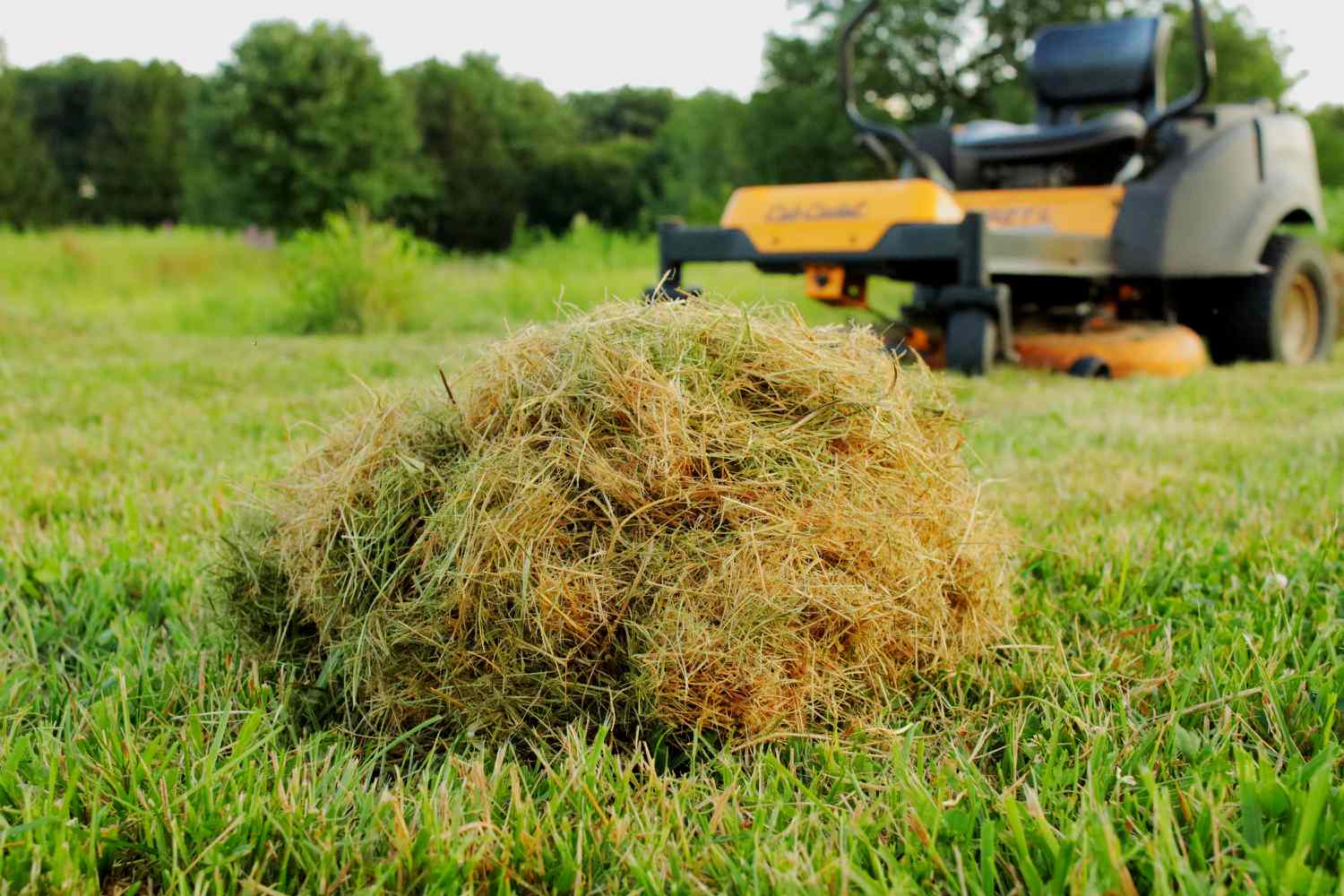
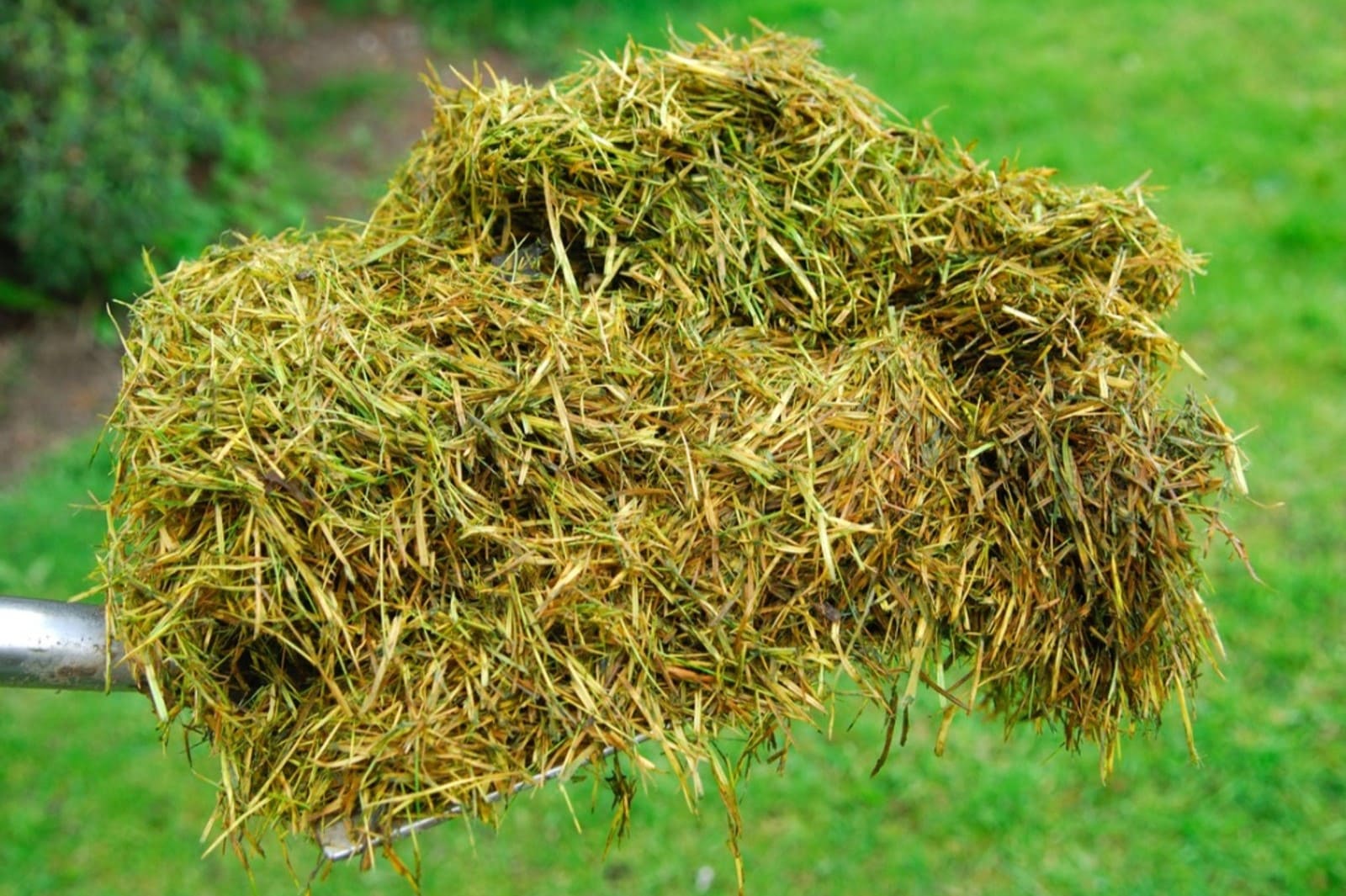
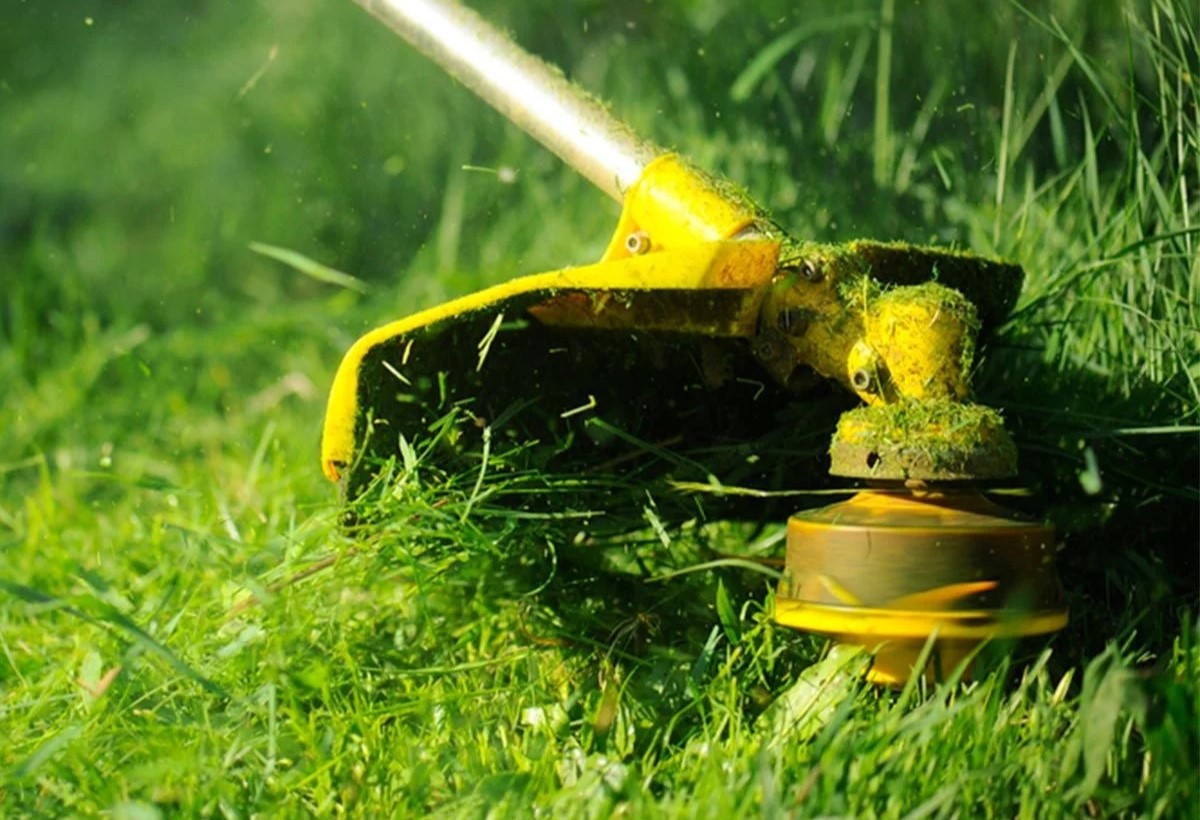
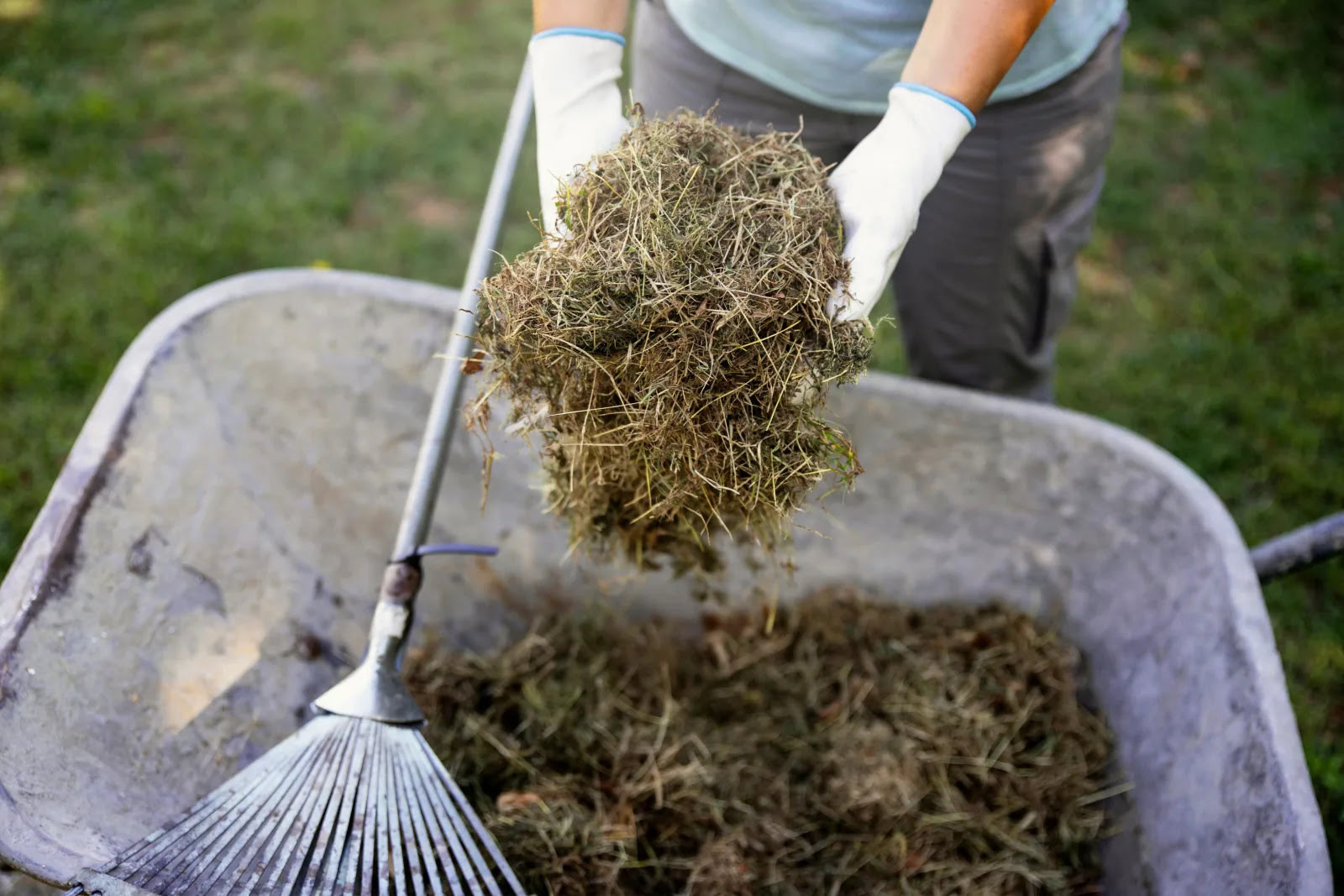
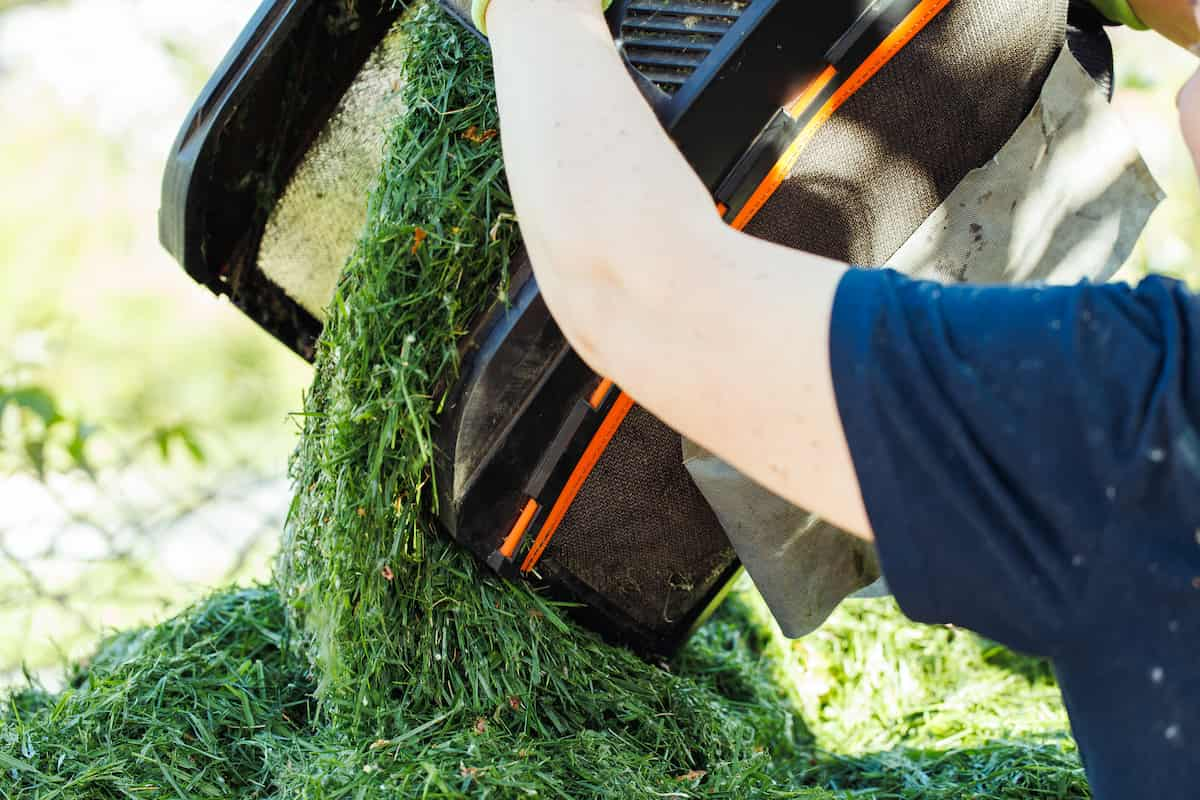
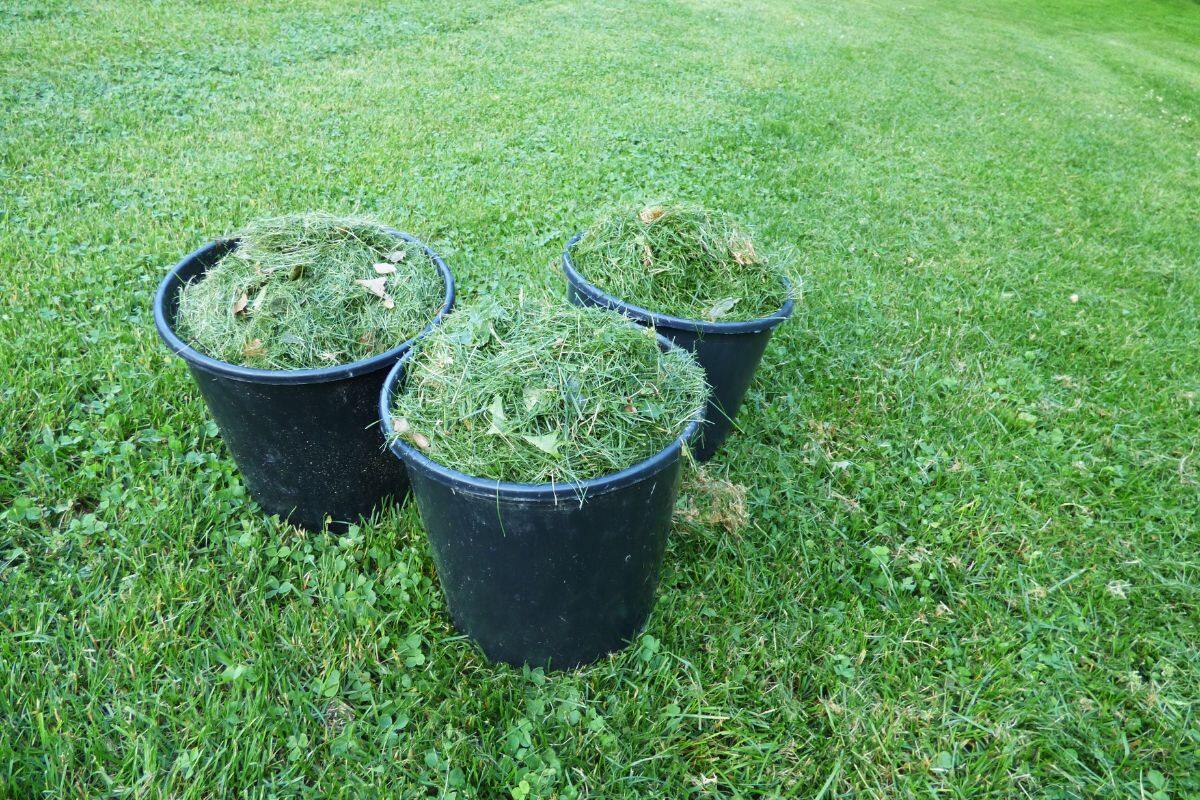
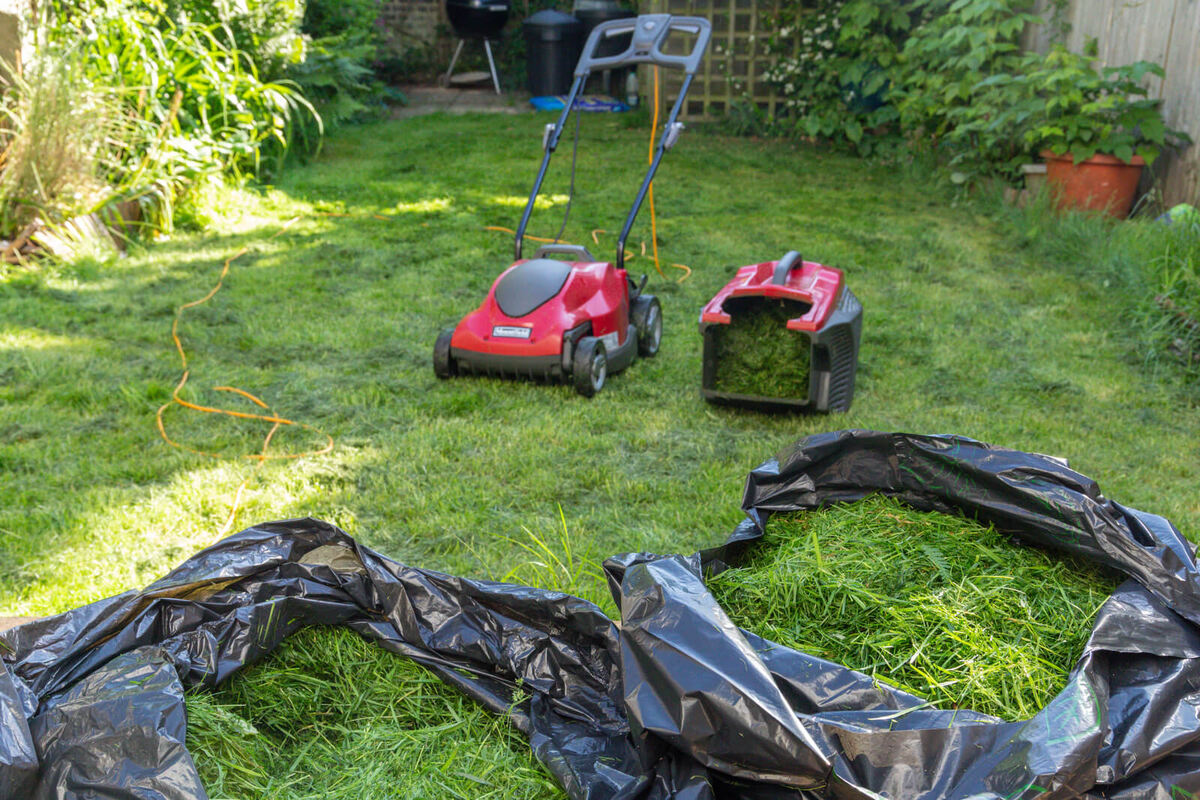
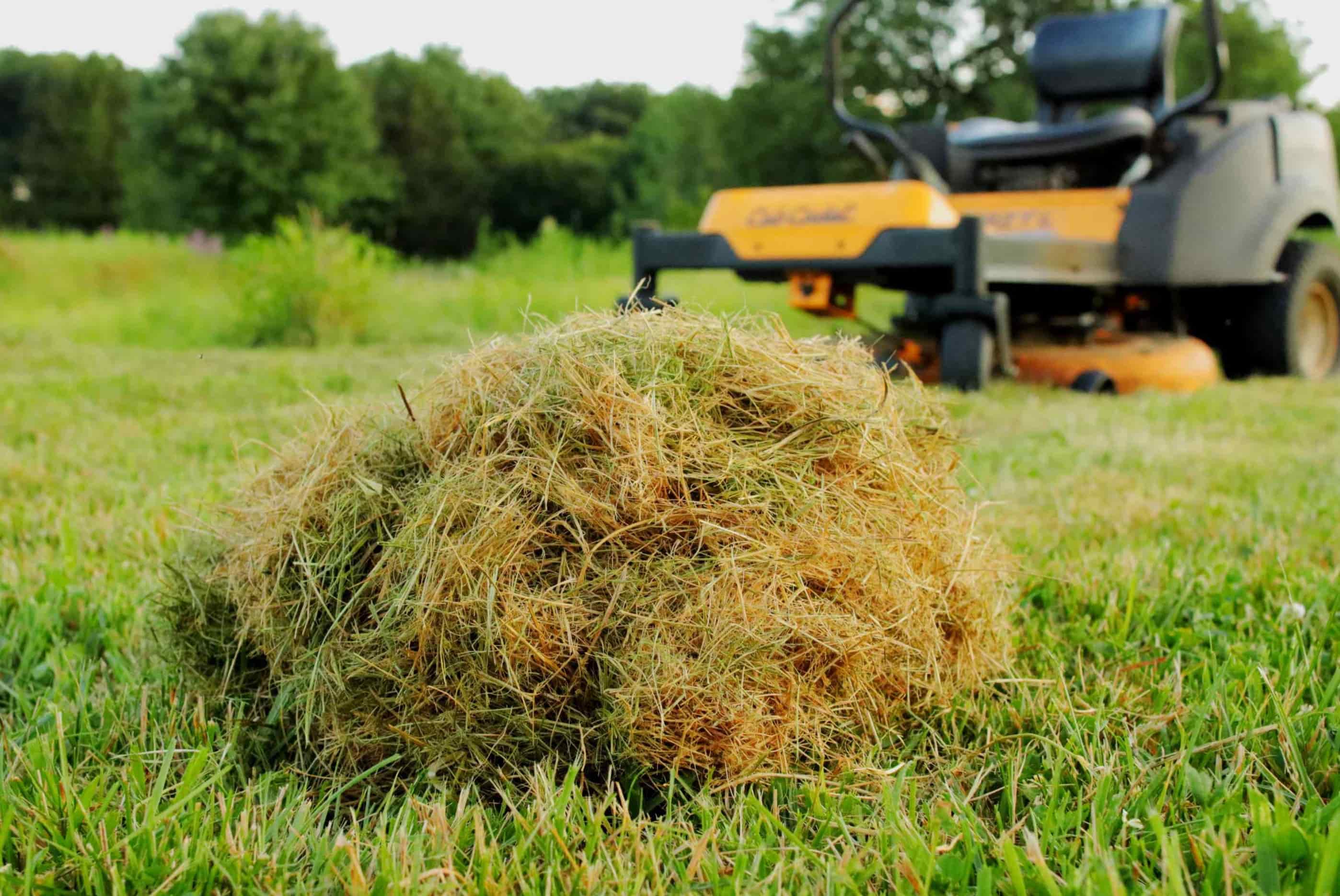
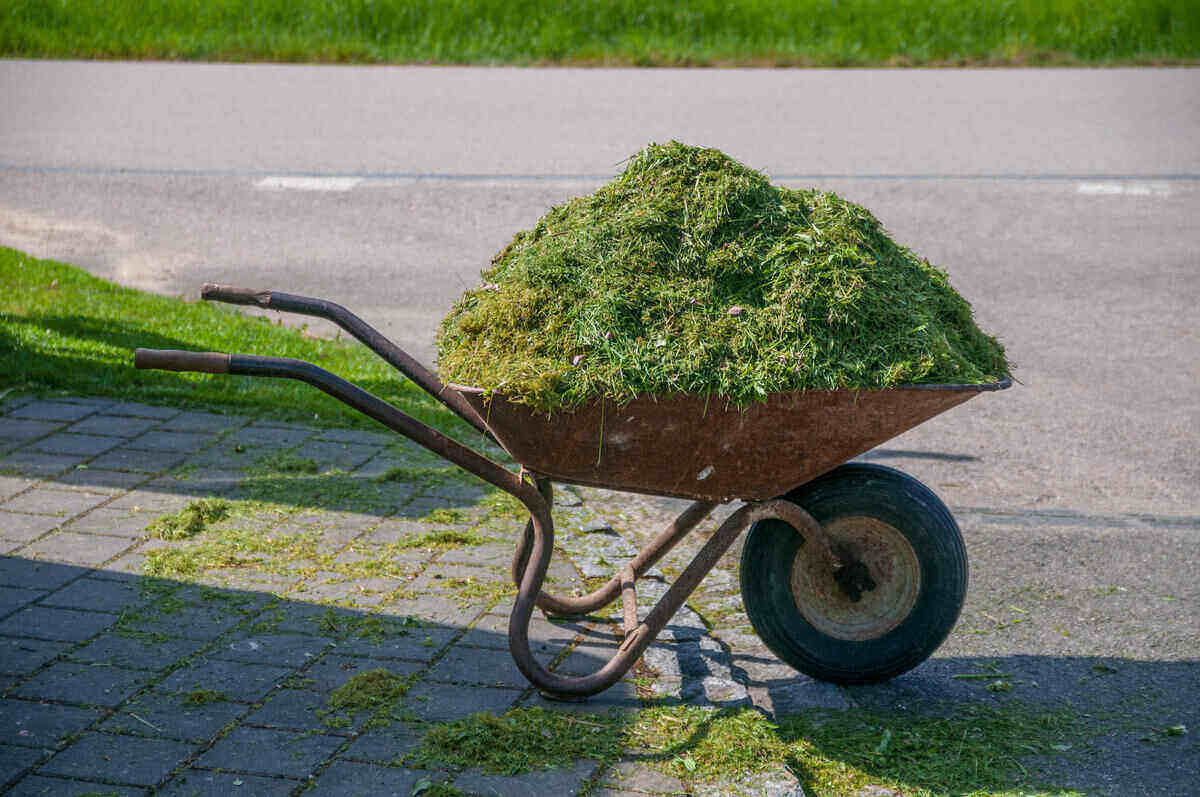
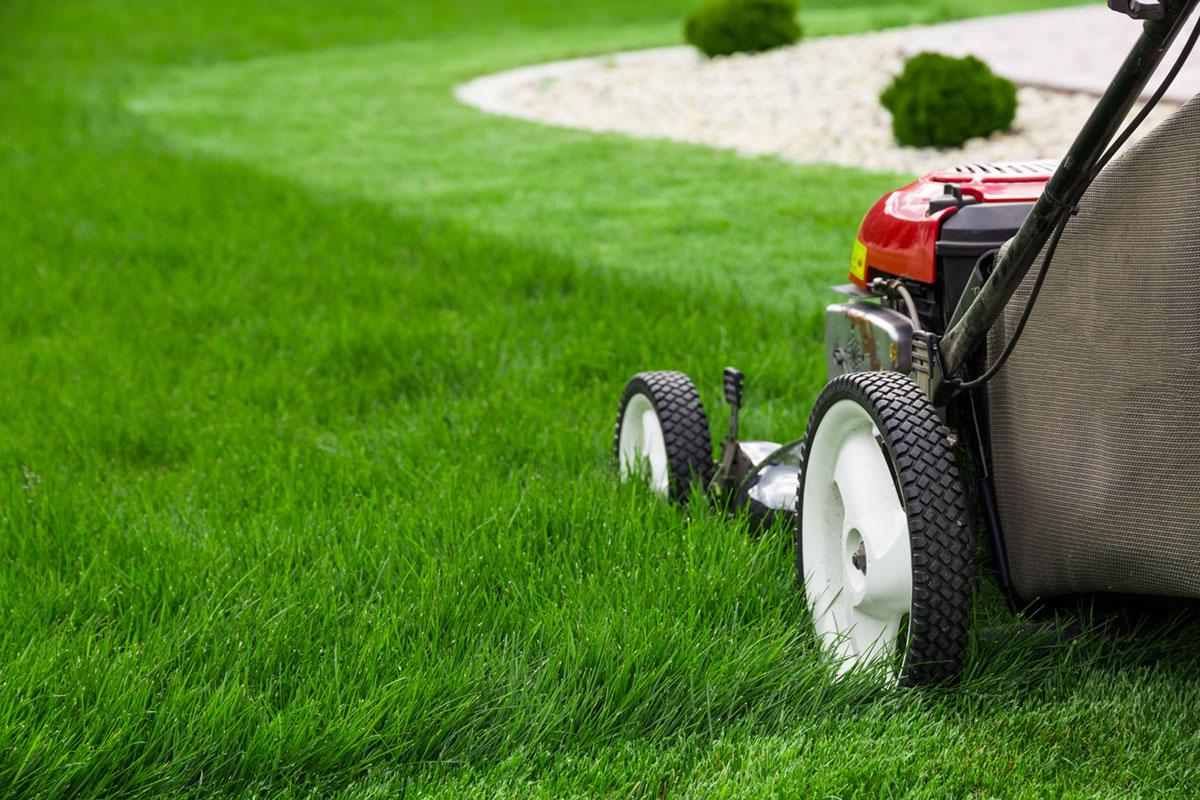
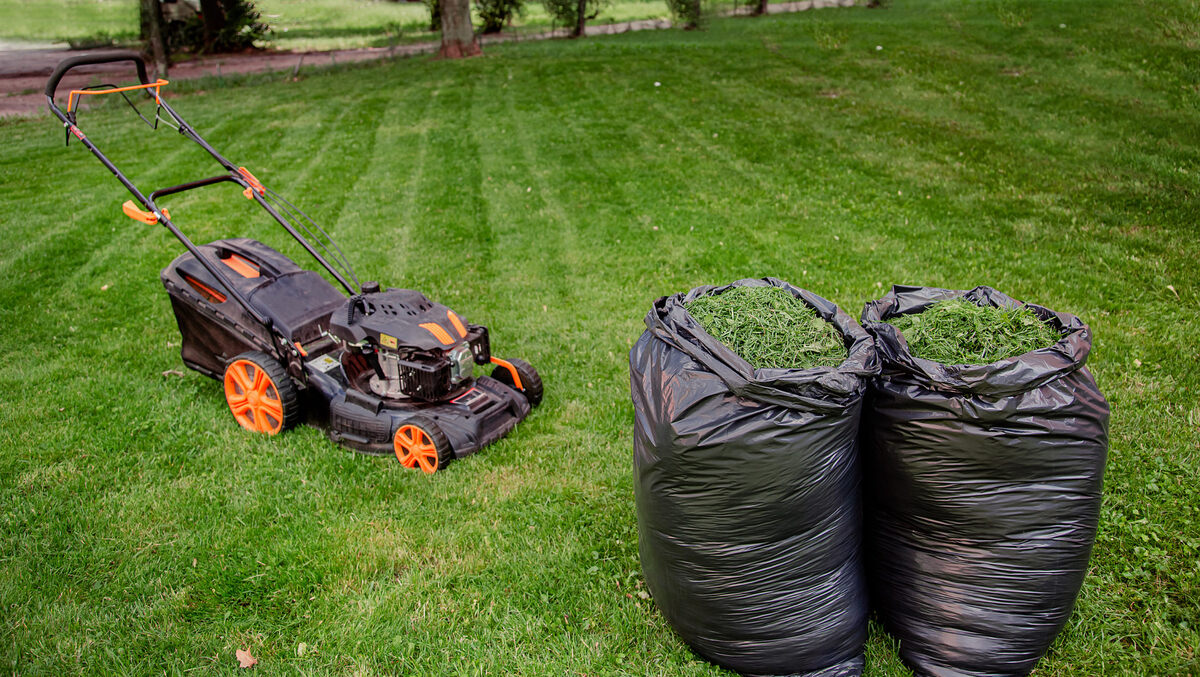
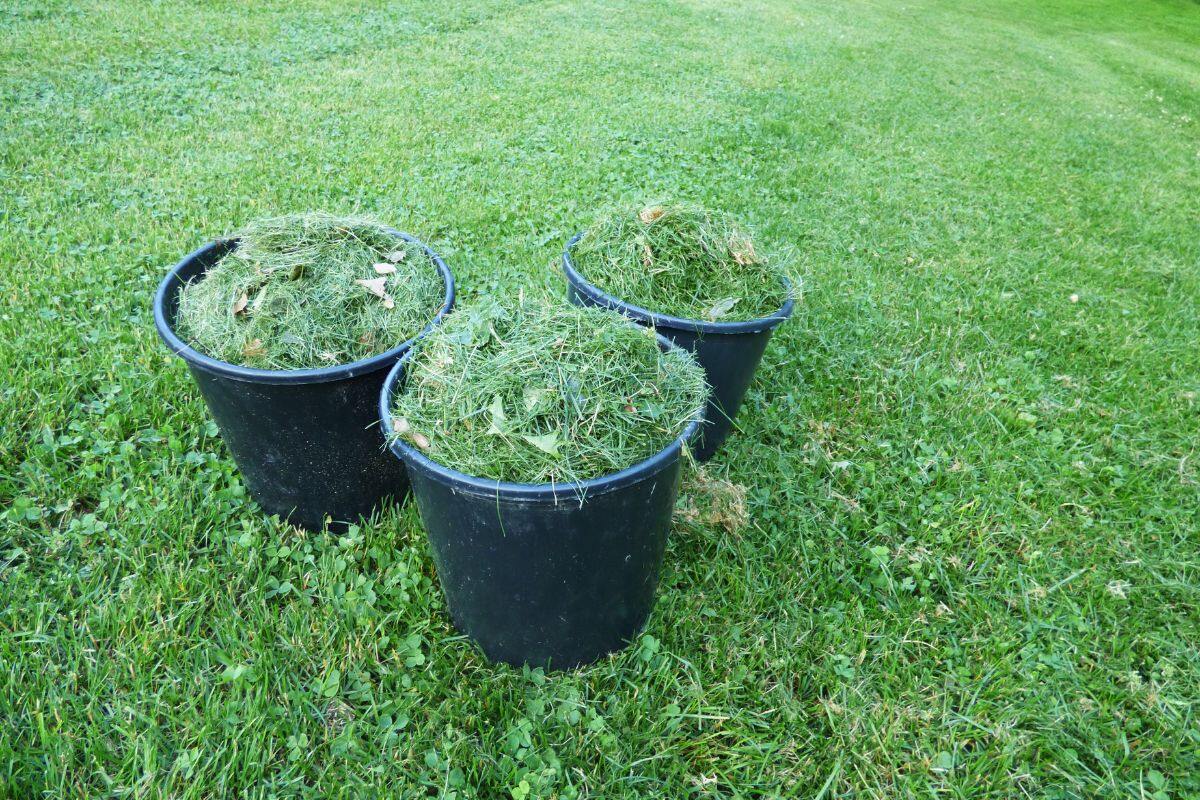
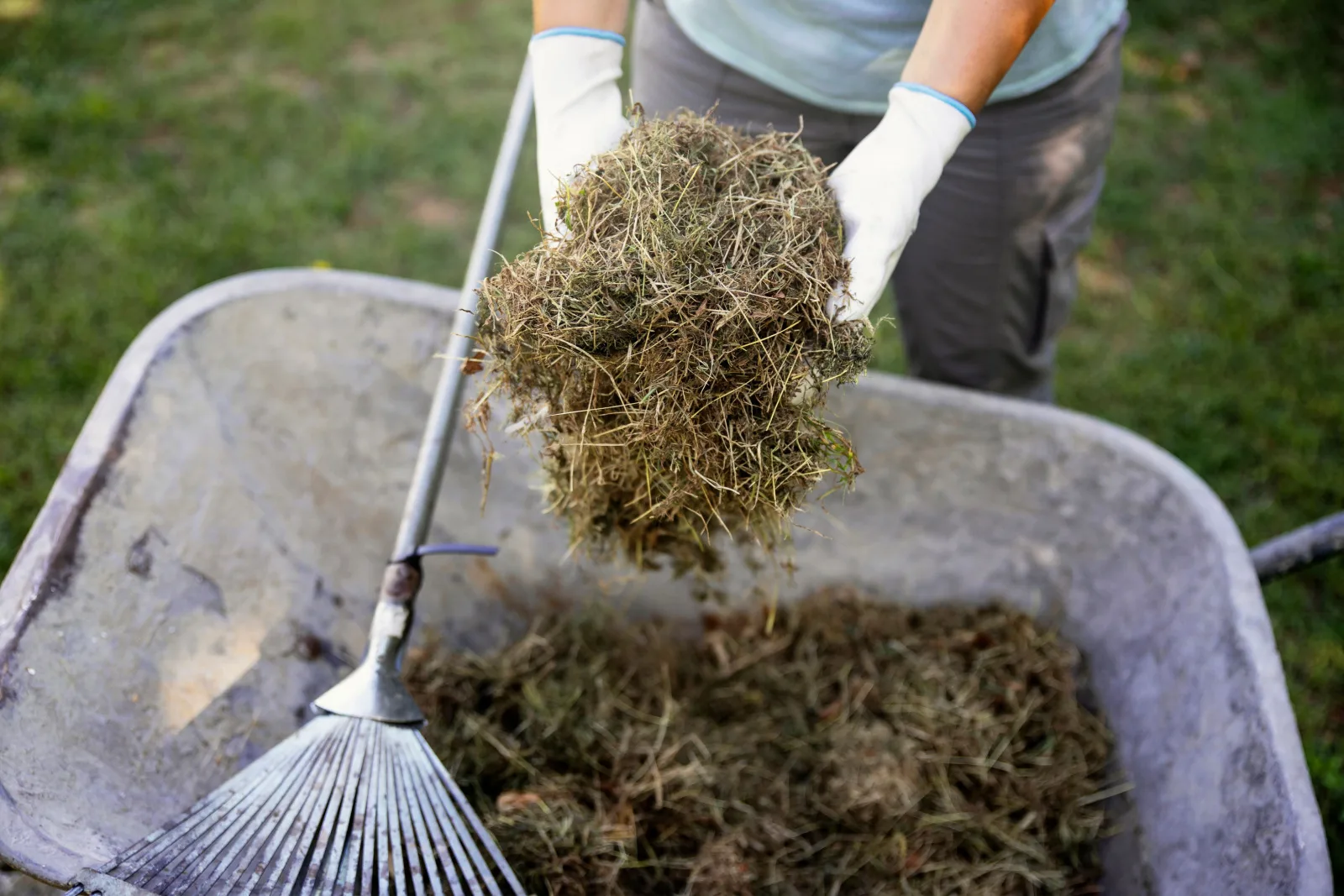
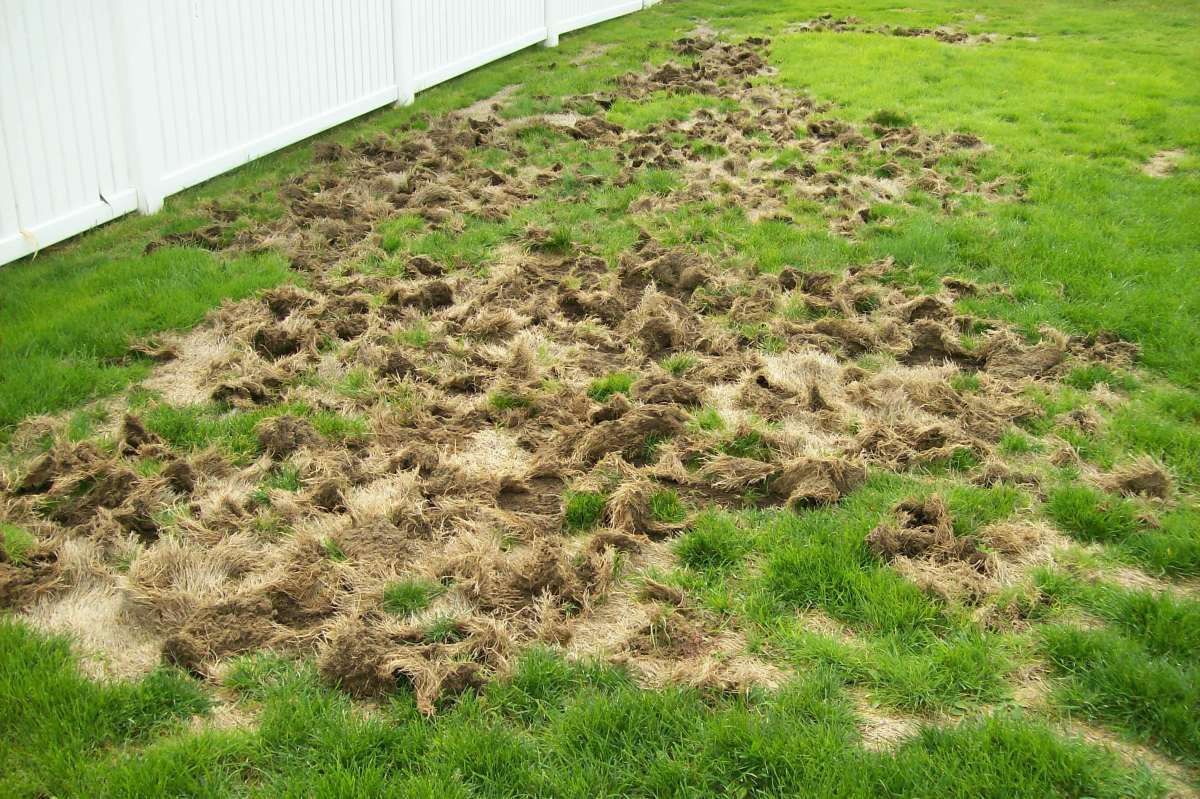

0 thoughts on “What To Do With Grass Clippings”